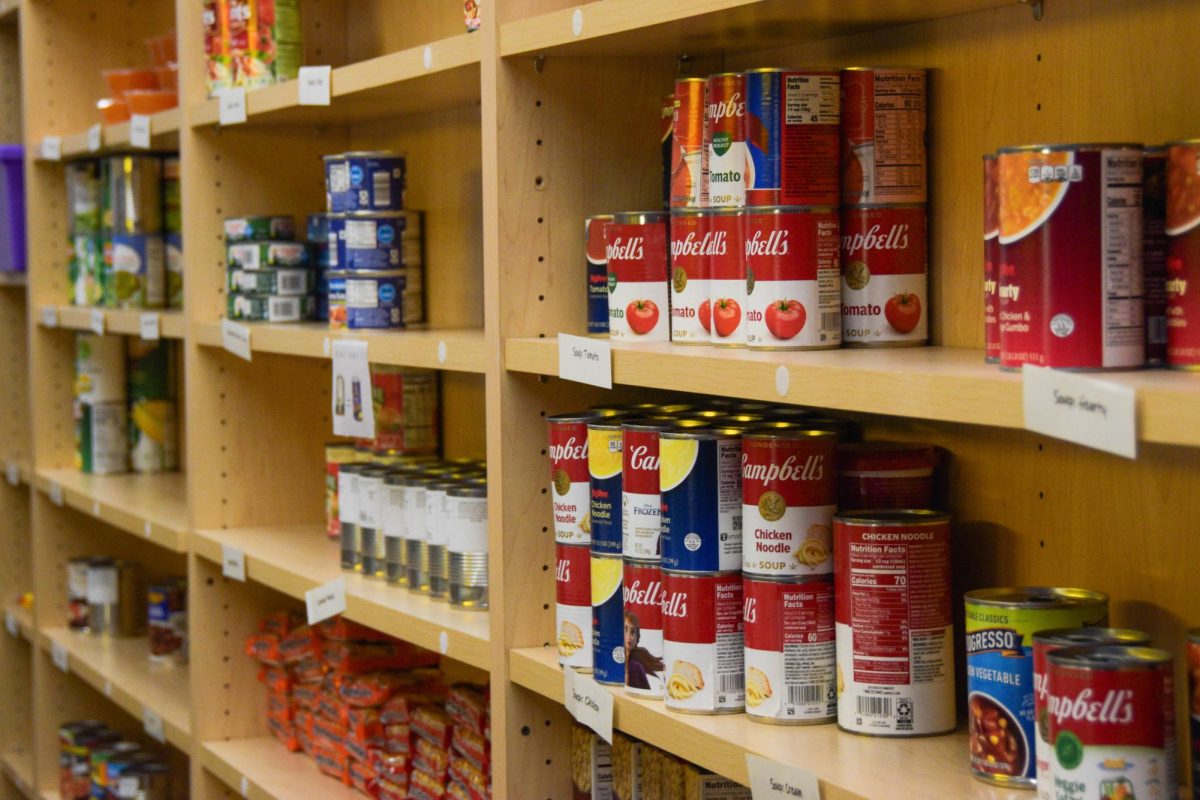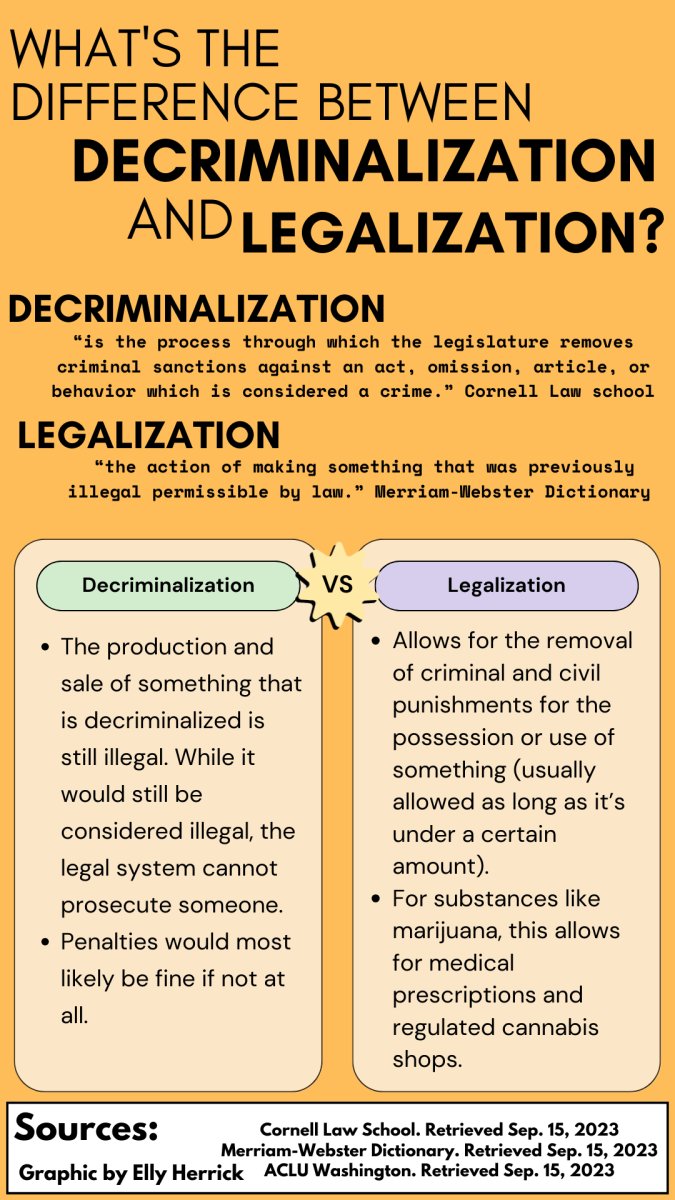
Elisenda XifraReverter/Winonan
Danielle Stone/Winonan
Dr. Jerry Gerlach of the Winona State University geography department recently gave a presentation on his paper “Wine Tourism: Argentinean and Chilean Examples” at a meeting of the east/west lakes division of the Association of American Geographers.
He received a Fulbright about 25 years ago to study tourism.
Gerlach said, “I have been studying tourist things for years. It’s the world’s fourth largest sector of the economy. Not many people study tourism, but it is very interesting. It relates to bringing people into your area and creating money.”
His presentation focused on food production and livable landscapes.
Gerlach’s interest in wine tourism began three years ago when he was visiting a friend in France in the Bourgogne Valley, known widely for its wine production. While there, Gerlach became interested in the influence wine has on tourism.
This interest led to a paper on wine and cheese in relation to French and Wisconsin tourism, so he expanded his study to wine tourism in Argentina and Chile.
For this study, Gerlach was given a two-month sabbatical in Mendoza, Argentina, which it the world’s ninth largest place for wine tourism.
The focus of the paper was to measure the impact wine has on Argentina and Chile’s tourism industry.
Gerlach said, “In my guess it is as important as anything else. People need an excuse to go there to do a lot of other things.”
Wine production increased in Chile and Argentina (and the United States) after a disease destroyed the grapevines in Europe. Previously, Europe had been the prime region for wine production, and grapevines had been imported out of Europe to America.
After the disease had run its course through European vineyards, the grapevines of European origin were imported back to Europe.
Now, Argentina and Chile are both known for their wine production and attract visitors.
While in Mendoza, Gerlach talked with different tourists about the reasons they were visiting the area and about visiting the wineries.
“It just brings tourists in,” Gerlach said. “It’s an excuse a lot people gave for coming. They take cars and travel all around. Some claimed to be mountain climbing.”
Besides just the taste of the wine, wineries focus on the barrel that the wine is fermented in.
The different wineries take pride in the type of wood the barrel for wine fermentation is made of. French oak is the most expensive.
Some wineries use wine chips, or chips of wood meant for flavoring, to add to the wines flavor because it is cheaper.
This is all a part of what Gerlach referred to as “wine snobbery.”
Gerlach plans to continue his research on wine tourism by studying within different states. There are more and more wine operations appearing in the U.S., and wine is beginning to grow as an American export.
Gerlach said, “I think it is a booming industry in the U.S. We are adding wineries everywhere in the U.S. Every state has a winery.”
Contact Danielle at [email protected]


































































